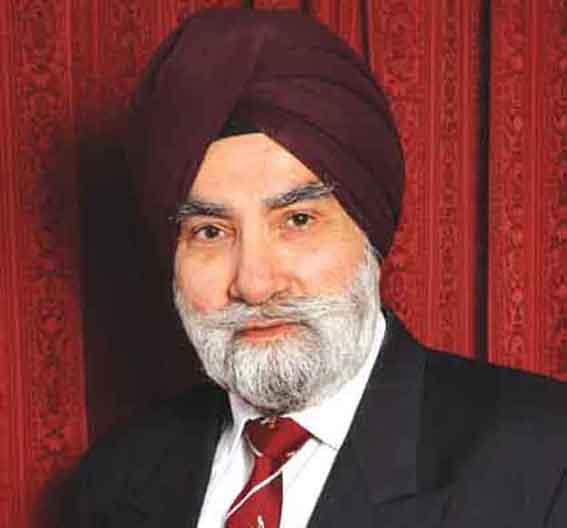Controversy About Shaheed Bhagat Singh

Shaheed Bhagat Singh inspired thousands and has a prominent place in the history of Indian independence movement.
Some scholars argue that the controversy started by the youth wing of Shiromani Akali Dal (Amritsar) to remove the image of Bhagat Singh from the Central Sikh Museum is divisive and unnecessary. However, now that the issue has been raised, his ideology and mission as a freedom fighter can be looked at from a Sikh perspective.
Bhagat Singh and his companions were inspired by the revolutionary Marxist-Leninist ideology leading Russian Bolshevik revolution. However, in due course, communism failed because the system imposed state control and denied individual freedom. Later, Joseph Stalin murdered tens of millions of own people who were victim to forced labour, deportation, famine, massacres and detention.
Bhagat Singh and his comrades were also mistaken about the cause of death of Lala Lajpat Rai. To quote Sirdar Kapur Singh: Lala Lajpat Rai was never beaten by Scott, SSP, and Mr Sanders, Assistant Superintendent Police, who was killed two months later by young nationalist Sikh, Bhagat Singh or his friend, with a bullet in front of my eyes, along with innocent Havaldar Channan Singh for discharging his duty to protect his senior officer, was nowhere in the radius of five miles from the station that day**.
Like others influenced by western political thought, Bhagat Singh ignored own rich Sikh heritage of leading the peoples struggle for freedom and equality. Compared to Communism, the societal reform movement of Guru Nanak was based on three pillars of Sikh living &ndash Naam, kirat and wand shako (honest work and sharing in the Name of Oneness of the Creator Being and creation). Such a productive life of honest work and sharing led to collective political objective of Degh, Tegh and Fateh aimed towards a just regime (much discussed elsewhere). The inevitable clash of such revolutionary approach with oppressive rule claimed the first Shaheedi of Guru Arjan Dev and later Guru Tegh Bahadur.
Guru Nanak empowered the individual as well as the Sangat collective to lay the foundation of a hard-working and successful community. Regrettably, Bhagat Singh and his comrades turned to extreme left foreign ideology doomed to failure.
The controversy has also brought out some truths about the lack of clarity in early 20th Century of Sikh political objectives. An article by Bhai Harsimran Singh, Head of Institute of Advance Sikh Studies, Ananpur Sahib, provides a balanced analysis of the background (Panjab Times Issue No 2938). He writes that by 1940, Hindu Mahasabha, RSS, Congress, Muslim League and the Communists were clear about their political objectives but not the Sikhs&hellip... Otherwise, what is the reason that the Sikhs were unable to use the Ghadar Movement, Babar Akali movement, the Gurdwara freedom movement, the deportations to Kala Pani (Andaman cellular jail) and other []]Sikh] sacrifices to secure own self-rule in Punjab and []]instead] the Sikh leaders chose to ride on the back of the Hindu leaders.
While the Hindu and Muslim movements fully exploited massive Sikh sacrifices to secure their political objectives, Sikhs themselves remained unclear about own self-rule goal after independence and continue to pay a heavy price.
In recent times, the Indian Farmers protests led by egalitarian Sikh thought would suggest a positive direction for Sikh activism towards a just society and a level playing field for all.
(**Sachi Sakhi, English translation, Lahore Books 2012, p.120 )
Gurmukh Singh OBE
Principal Civil Servant Retd